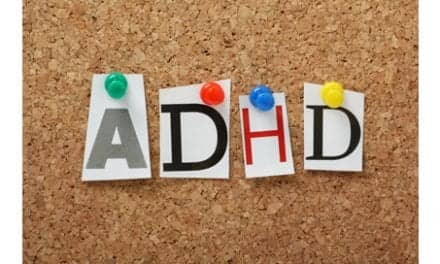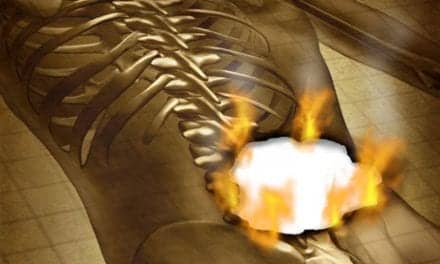In a recent study, researchers suggest that “ghost fibers,” which remain when muscle cells degenerate after injury, may help guide stem cells into position to begin the healing process.
Using intravital two-photon imaging combined with second-harmonic generation (SHG) microscopy, scientists at the Carnegie Institution for Science and the National Institute of Child Health and Human Development (NICHD) were able to observe this activity take place, explains a media release from the American Society for Cell Biology.
By combining high-resolution microscopy techniques with SHG imaging, the researchers were able to image activated muscle stem/progenitor cells moving bidirectionally along the long axis of individual ghost fibers left behind by the lost muscle cells. The stem/progenitor cells spread along the ghost fibers where they could divide, fuse, and fully differentiate into new muscles. When the researchers reoriented the ghost fibers, the regenerated muscle tissue was disorganized, the release continues.
Researcher Micah Webster from the Carnegie Institution for Science notes in the release that the scientists’ observation of stem/progenitor cells in action suggests that ghost fibers play an “architectural role” in regenerating muscle, serving as templates proportioned for laying down new muscle tissue so as to match the same size and align to the same direction as the damaged portion.
The study was posted recently online ahead of print by the journal Cell Stem Cell.
[Source(s): American Society for Cell Biology, EurekAlert]





